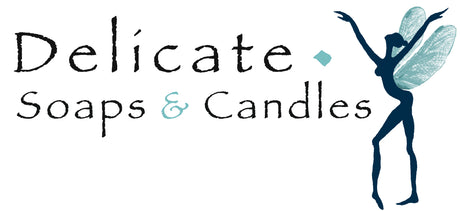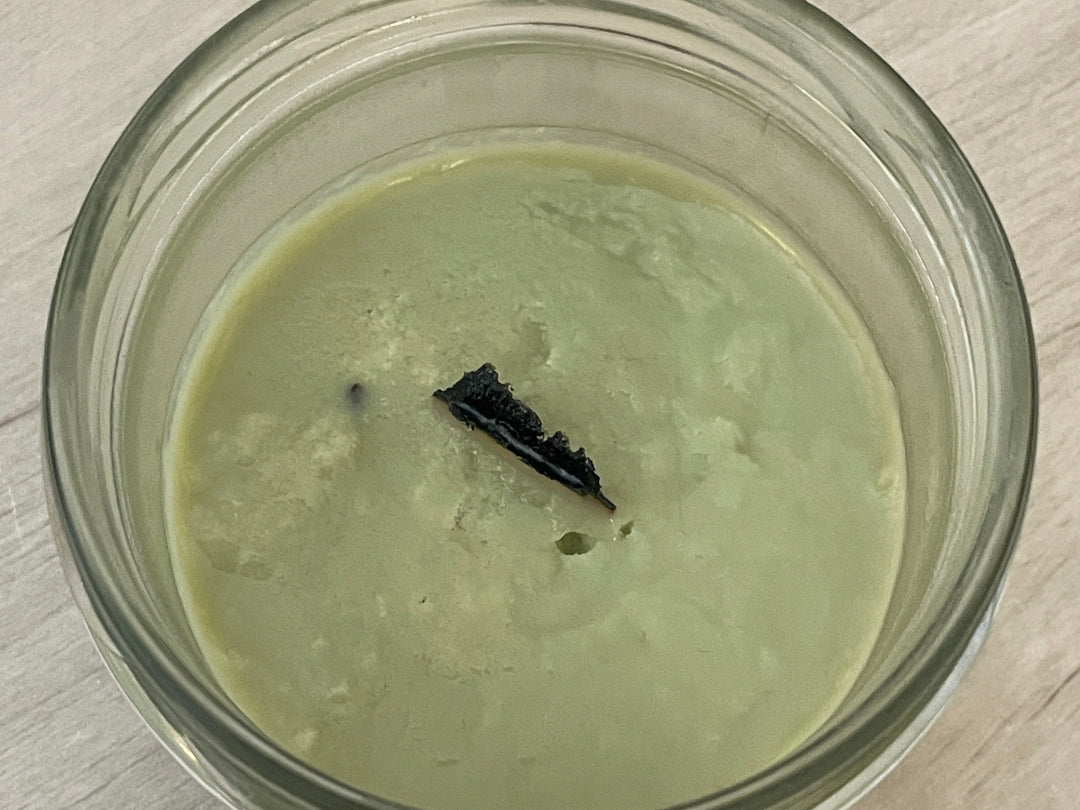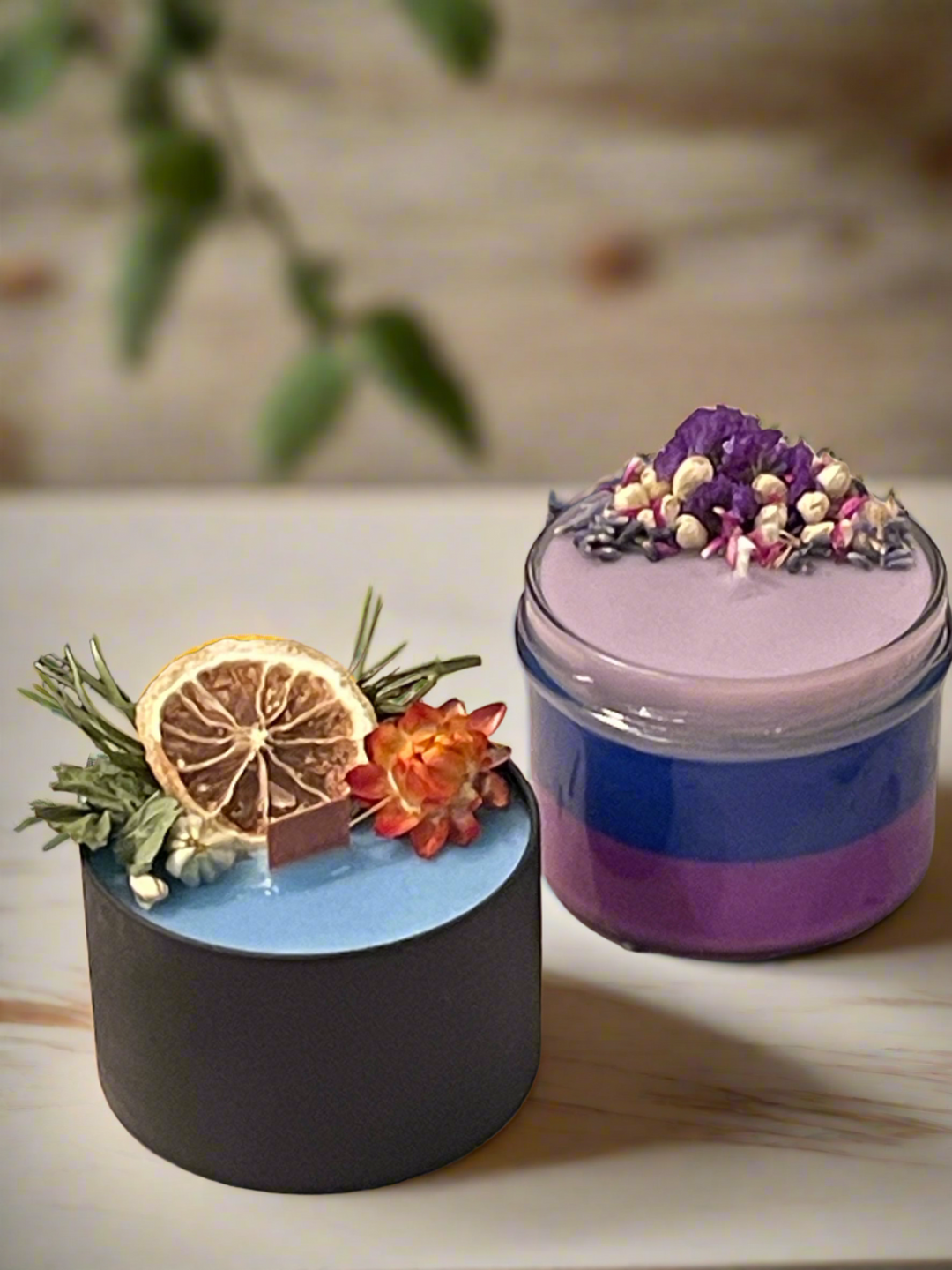What is the ideal temperature at which it is recommended to add scent to the candle?
Most of the internet theories about how scented oil works in candles are pretty... let's just say, bullshit.
They're usually based on limited experience, a viral post, or a scary horror story, but the science is clear: Candles burn safer and smell much better when the oil is added at the right temperature during creation.
Recommended temperature for adding fragrance oil/essential oil to wax:
It is between 85° and 93° Celsius. If it is a wax like soy and coconut, a temperature of 85 degrees is sufficient. If it is beeswax, 93 is also possible. Don't worry, the oil is not going to break down unless it reaches its boiling temperature, which is usually well above 93 degrees. This is true for all types of wax and candles.
In this post, we'll go over the chemistry and science behind scents and candles, and also debunk some theories, or rather nonsense, that can be found online.
Flash point doesn't matter.
Most bottles of fragrance oil and essential oils list the flash point on the packaging. Flash point is an important metric for suppliers who ship oils around the world. Oils with a low flash point must be shipped by ground and not by air, because you probably don't want to see planes flying with a scented mist in the air.
So why do some candle manufacturers think that flash point should be paid attention to?
Some say to add the oil when you reach the flash point. Others think that if you heat the oil above the flash point, the smell will magically disappear.
Both of these assumptions are wrong and, let's just say, quite ridiculous.
Scientifically, it is highly unlikely that fragrance oils will break down at the temperatures we make our candles at. Since the temperature is just below their boiling point. But if you add oil at too low a temperature – like the flash point of some oils – the candle can become a safety hazard. The fragrance oil won’t mix well with the wax, which can create flammable “pools” inside the candle. And that, my friends, is not something you want to see.
Adding oil at a temperature of 85° allows it to blend better throughout the candle for safe and consistent burning.
Lids do not affect the smell
Some people claim that candles should be covered when they cool or are stored so that they don't lose their scent. This is not true, because the scent is in the scented oil that is dispersed throughout the candle. There may be some evaporation from the surface, but it doesn't matter as soon as we light the candle it will release more scent.
The lids are good for preventing dust from accumulating on the candles, but are not necessary for preserving the scent.
If your candle doesn't smell good, you probably need to blame the wick or check how the scented oil is performing together with the wax you chose .
Fragrance/essential oils and the temperature at which they are added to a candle can have implications for the safety of the candle. Adding fragrance oil within the correct temperature range (85°C to 93°C) will ensure proper and safe blending with the wax, creating consistent candles.
Generally, the fragrance oils mix with the hot wax, and eventually become trapped within the wax as it cools. As the candle burns, the liquid pool created by the solid wax contributes to the overall scent of the candle.
There are many ways to improve the distribution of scent in a candle, but adjusting the temperature at which you add the scented oil is not one of them, at least not safely .
Adding fragrance oil below the acceptable range risks creating pockets of fragrance oil that do not blend well throughout the candle because the wax has not been heated to a temperature that has allowed all additives and crystalline structures to completely break down into a liquid that can embrace the fragrance molecules upon cooling.
These pockets will remain trapped in the candle. Then when the candle burns, if the open flame encounters a pocket of fragrant oil, there is a real risk of a very dangerous ignition.
About me: Nice to meet you, my name is Tali and I teach how to make natural and fragrant candles that are also safe to breathe and light. I teach workshops where you will learn not only how to make them but also how to avoid mistakes that could cost you dearly!! To my candle workshop >>
To purchase excellent fragrance oils made in the USA >> Fragrance Oils




